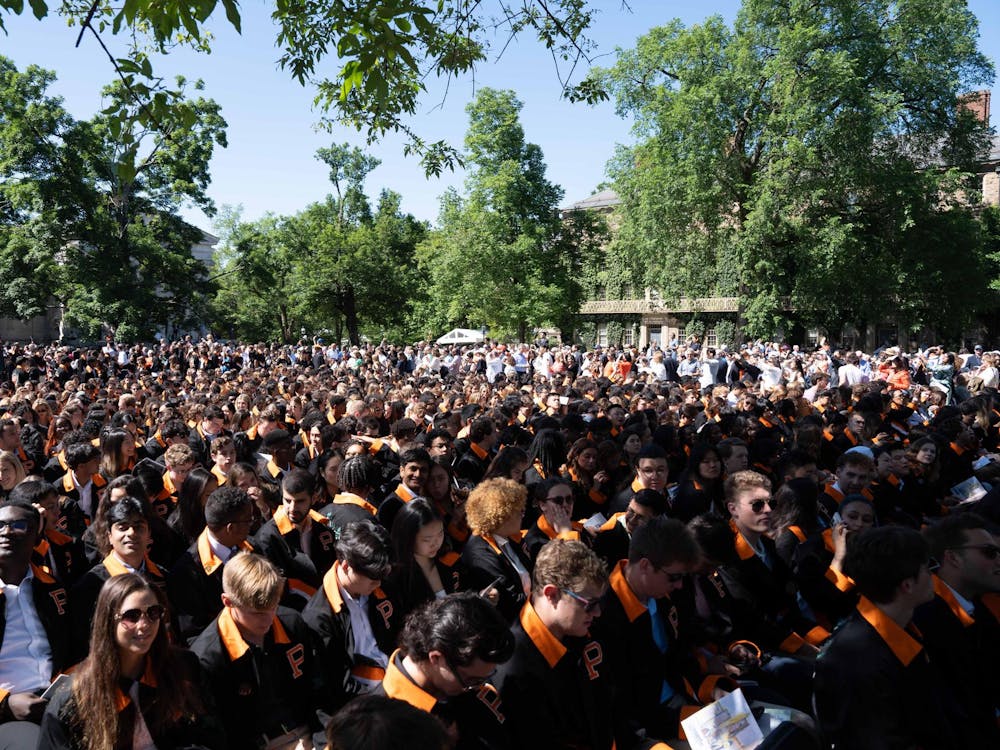Last week, columnist Julianna Lee argued for creating all-male spaces on campus, asserting that young men need these single-sex spaces because they are not currently receiving adequate empowerment and solidarity. Lee argues that we should not diminish or write off the importance of single-sex spaces because “it is vital that men also have a chance to cultivate healthy masculinity through single-sex mentorship and camaraderie.”
The mental health and emotional wellbeing of men are important, and male identity is linked to a growing mental health crisis among young men. But the proposal that creating exclusively male spaces would solve the male mental health crisis is contradictory; intentionally creating all-male spaces runs the risk of breeding misogyny and bullying without any evidence that there will be positive effects on male mental health.
Yes, it is sad — and a genuine problem — that men report having fewer friends and are living alone at higher rates, but creating more insulated, male-dominated spaces is not only an ineffective solution for this crisis, but it also has the potential to counteract the extremely important efforts for equity made by women’s groups and the women’s movement.
First, the idea that men need more official “male spaces” ignores the social reality: the reason we have defined spaces “for women” is that many spaces are male by default. The entire purpose of female-focused spaces was to replicate the benefits given to men within mainstream areas of a career field or academic distribution. The male version of “Women in Computer Science” is simply the Computer Science department (in which the faculty is 74 percent male), which is why the “women in” programs even exist in the first place.
The issue is not a lack of space in which men feel comfortable: the historical fact is that most every professional setting has, for centuries, been a space where men have peers and superiors who they can relate to and comfortable environments to work in. The most common fields for Princeton graduates, finance, management, and computer science, are all still male-dominated.
This leads me to the question that is much more appropriate to be asking in response to the supposed growing “boy crisis:” what are male-dominated spaces getting wrong?
We should not blame women for men’s problems: A lack of camaraderie and community among younger men is not the fault of the existence of women’s groups — men still dominate many spaces, and in fact, women siloing into female-focused organizations would theoretically leave men with even more domination over the traditionally male fields in which these groups are so common. In fact, the “boy crisis” is a problem generated, perpetuated, and enforced, mostly, in spaces that are dominated by or only include men.
Traditional ideas of masculinity and gender roles directly contribute to the male mental health crisis, creating extreme stigma around seeking therapy or even opening up emotionally with friends or family. The Anxiety and Depression Association of America finds that men are also encouraged to overlook or embrace pain and live dangerous or unhealthy lifestyles in the name of toughness or masculinity. These gender roles were perpetrated by the conservative and patriarchal wing of American society, and only began to come unraveled when the women’s movement made large strides in the effort to break down rigid societal gender roles and undermine toxic masculinity.

The negative potential of male-only spaces is on full display at colleges across the country in the form of fraternities. American frats are constantly facing allegations of hazing and sexual-assault and are known to be breeding grounds for habits like substance abuse and misogyny. Clearly, just because a space is single-gendered doesn’t mean that it's positive.
The creation of women-centered spaces to combat traditionally male-dominated industries was intentional. Women’s groups exist not just to create safe spaces for women to feel supported and empowered, but also to provide a professional and academic network that is much more easily accessible to men in these fields.
The implication that the growth of feminist movements and creation of women’s spaces somehow left American men behind is simply not grounded in historical reality. Women may have moved forward faster than men in the last few decades, but let’s not forget that we started miles behind.
Ava Johnson is a sophomore opinion columnist and prospective Politics major from Washington, D.C. Her column, “The New Nassau,” runs every three weeks on Mondays. You can read all her columns here. She can be reached by email at aj9432@princeton.edu.









